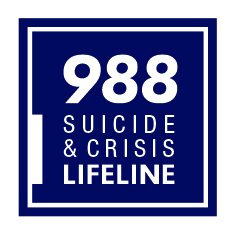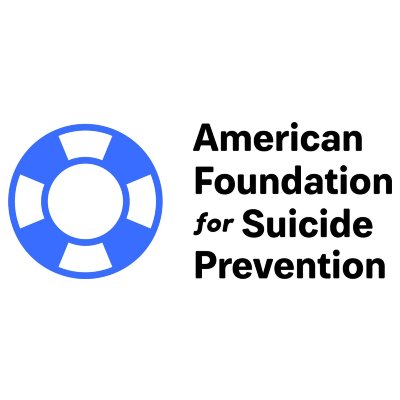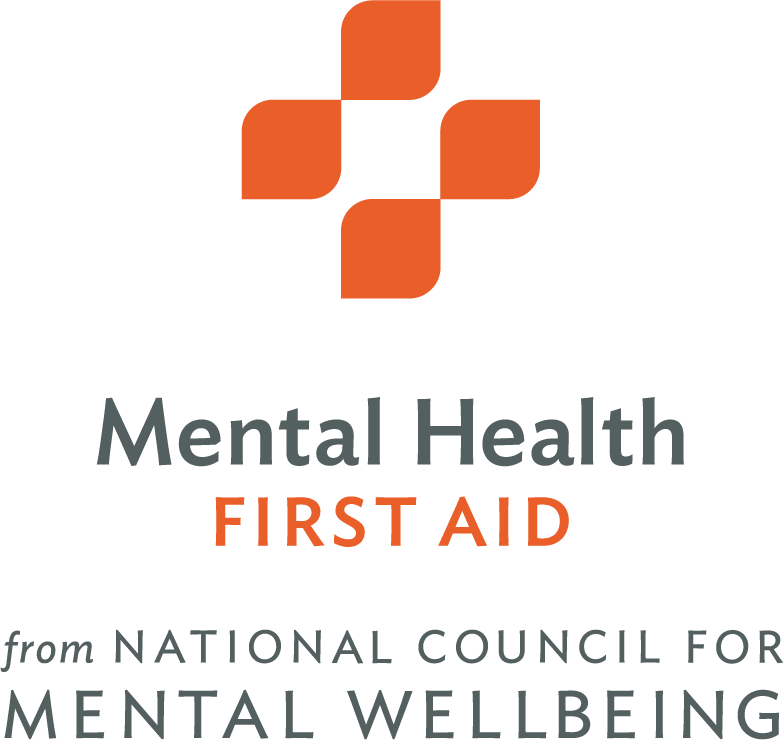Suicide Prevention Month Resources
Talking about suicide is challenging and can be frightening. It’s hard to think that someone we love could be in so much pain that they would want to die, but thoughts of suicide are common. Suicide is the second leading cause of death in the US among children 10-14 years old and young adults 25-34 years old, with many more people thinking about suicide (Centers for Disease Control and Prevention, 2022). Understanding resources can empower people to direct others to seek help. With September being National Suicide Prevention Month, we hope to decrease stigma and increase conversations about suicide and prevention. We’ll share resources and tools to equip you to have tough conversations.
Risks and Warning Signs
September is a stressful time for children, teens, and young adults. The summer has ended, the newness and excitement of the new school year may be wearing off, and the stress of the upcoming semester could be sinking in. Big feelings can start to pile up leaving people feeling overwhelmed and helpless. Suicide Prevention Month is a great reminder to check in with our kids and explore how school stress might be impacting them. A primary way to support a loved one is to be aware of warning signs that someone may be thinking of suicide.
Common warning signs to look out for include:
Talking about not wanting to be around anymore or having no reasons to live
Talking about being a burden, having no hope, or feeling trapped
Making statements like “People would be better of without me” or “I wish I was never born”
Isolation from friends and family
Feeling depressed
Irritability or anger
Increased risky behaviors
Decline in school or work performance
Changes in Sleeping or eating patterns
Searching for ways to end their life (searching online for methods, searching for access to lethal means)
Increased drug or alcohol use
Giving away prized possessions
Writing or calling people to say goodbye
Sudden improvement in mood (as if they have found a solution to their problem)
Having a Conversation
If you are concerned that someone you love may be thinking about suicide it may be time to have a conversation. Talking about suicide does not increase a person’s risk and does not put the idea in someone’s head if they have not been thinking about suicide. On the contrary, having a direct and caring conversation about suicide can decrease a person’s feeling of desperation and can let them know that help is possible. Often, knowing what words to say to begin talking about suicide can be difficult. Hopefully, we can help with the hurdle of “Where do I start?” or “What do I say?” with some practical ways to start the conversation. Here are some suggestions:
“I’ve noticed that you’ve been feeling depressed/ overwhelmed/ isolating yourself. Sometimes when people feel this way, they think about ending their own life. Have you been thinking about suicide/ not wanting to live anymore/ ending your life? ”
“You’ve mentioned feeling like a burden recently. That seems like a really crappy feeling. Have you thought about killing yourself/ felt like you don’t have a purpose?
Talking about suicide doesn’t have to wait until you see warning signs. Starting conversations about mental health can make it easier for someone to reach out for help in the future. That could look like:
“I’ve been learning about suicide recently/ the school sent some info home about mental health, and I would like to have a conversation about it. I care about how you’re feeling and would like to get you help if you need it. Have you thought about suicide/ wanting to die?
If your loved one has been thinking about suicide, listen to the person’s pain and hurt and any reasons they bring up for continuing to live. Be present with the person and don’t leave them alone if they are thinking about killing themselves. Being connected to someone reduces a person’s risk for suicide. Reduce access to lethal means, especially if the person has expressed a specific plan for suicide. Connect them to resources (see below details) including the Suicide and Crisis Hotline and following up with a mental health therapist.
It is important that children don’t feel that they are in trouble when they have these conversations. Even though you may be scared, try to talk as calm as possible, and avoid letting your fear turn to anger. Expressing thoughts of suicide shouldn’t be punished. If a child thinks their feelings have upset someone they care about, they may hesitate to communicate these feelings in the future.
Support and Resources
Call 911 if someone is in immediate danger
Call or text 988 to reach the Suicide and Crisis Lifeline if someone is is having a mental health crisis or thinking of suicide but in not in immediate danger. This will connect you to a local crisis centers that will provide free support to people experiencing suicidal thoughts and emotional crisis. The support is available 24 hours a day, 7 days a week.
Inform your child or teen’s doctor and mental health therapist for ongoing support.
Suicide prevention starts with a supportive person who is aware of the warning signs and is willing to have caring conversations. You can be that person. If you or a loved one would like ongoing support through therapy, please contact us through email, phone, or the inquiry form on our website. We would love to be able to help or point you in the direction of resources that can.





